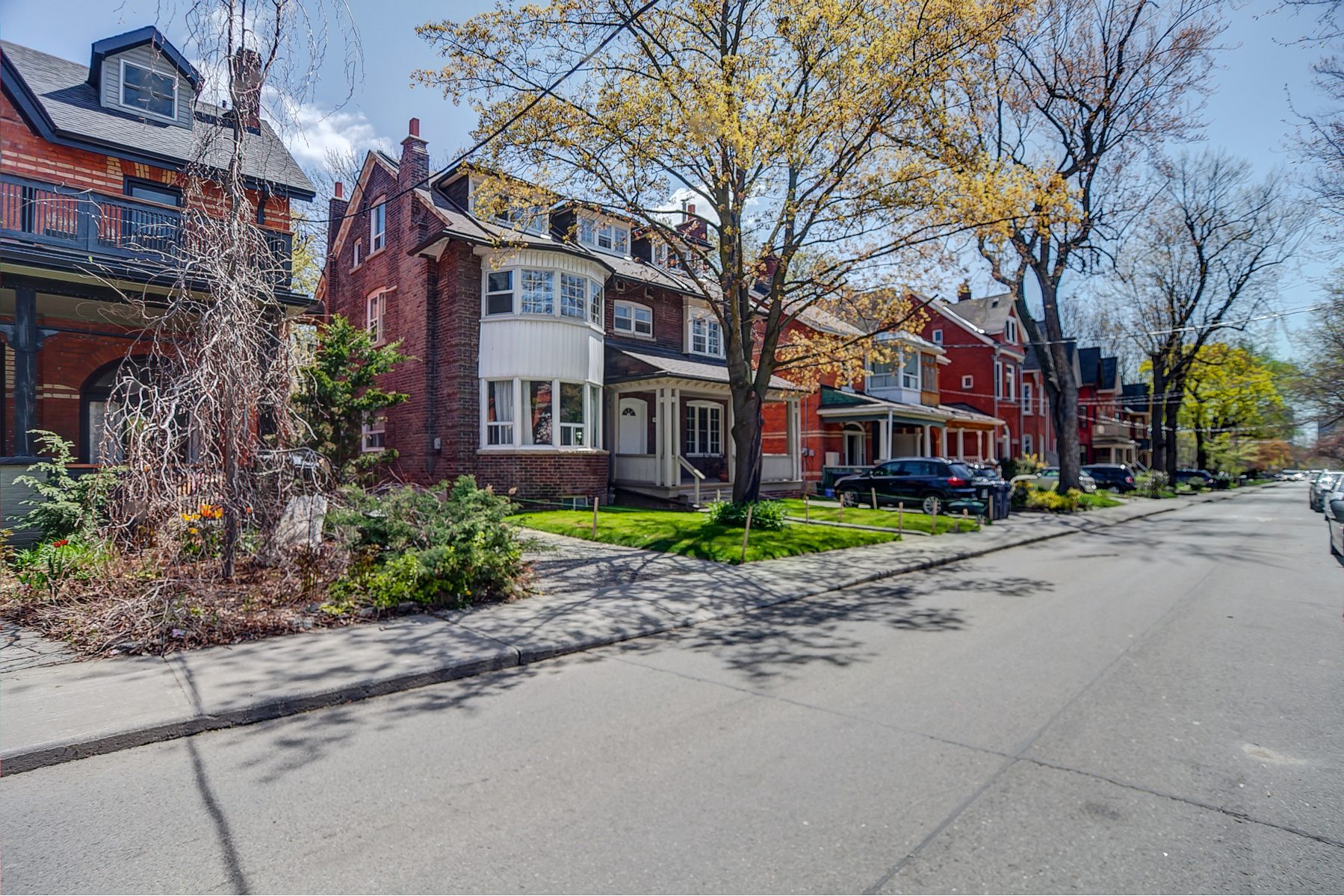The better house on the worst street or the worst house on the better street?
One fundamental consideration in house hunting never changes—the importance of location, which is a key driver of real estate value. Not only do you need to consider location in terms of diverse neighbourhoods, but also in terms of streets within a single area. Here’s how one set of clients played the real estate version of “Would you rather…” when looking for their perfect house and location.
When Vancouver couple Beth and Carter* were planning their move to Toronto in 2012 they looked at a map of the city and thought the huge patch of green that is High Park would be a good place to find a rental property before committing to a specific part of the GTA.
Together with their two children—both under the age of nine at the time—they rented a condo in Roncesvalles – close to High Park with a multitude of transport links, great streets and decent schools. Their plan was to familiarize themselves with Toronto before buying a house here.
That initial settling-in period turned into two years—enough time for the kids to put down roots, make friends, get comfortable at school and generally feel at home. But plans changed abruptly. The rented condo was put up for sale and after considering buying it themselves, the couple decided against it.
I met Beth one morning on an unrelated visit to the condo building. I was selling another unit and struck up a conversation with a woman and child playing in the courtyard. Beth later contacted me when she needed help finding their next property.
The couple’s options were to find a house in the neighbourhood—a relatively expensive choice given Roncesvalles’ popularity and appeal—or to move further out of the city to a cheaper property in the burbs. They were reluctant to move away too far, based on lifestyle choices, commute times and what they considered unappealing architecture and inventory. What it came down to was this – they wanted the cheapest house in the best possible neighbourhood.
“We liked the neighbourhood and the kids were settled so the preference was to remain local. But we were frustrated by the relatively high prices, competitive environment and bidding wars. It was already a popular area that was becoming increasingly so,” Beth recalls.
After countless viewings in the neighbourhood and parts of West Toronto, the couple were left with two strong contenders: (A) a move-in-ready house facing an eyesore; and (B) a rundown old house in a quiet street closer to what was then considered an edgier part of Parkdale. But this part of the neighbourhood was becoming increasingly popular given its ideal location: proximity to downtown, the airport, local hospital and bustling Queen Street, which was quickly gentrifying.
Move-in ready but…
While the first option was move-in-ready, it wasn’t particularly attractive in terms of architecture. It didn’t have any character features that are common among houses in the area and it was generally unremarkable. But it was clean and livable and would be an easy transition. The problem was that the house was directly across the road from a gas station along a busy thoroughfare, and the high price ignored this fact.
The couple were prepared to settle for this option regardless, largely to end the tiresome property hunt. But I also presented the big picture, long-term scenario and summed up the pros and cons of this choice.
The bottom line: choosing a house in reasonable condition but in a street or location with clear disadvantages can be problematic to live with in the short-term and end up hurting you financially in the long-term—consider the impact on the property’s resale value.
You’re unlikely to be able to ‘fix’ problematic location issues like an eyesore (an ugly building, busy road), fixtures that may pose a health or safety risk, or poor public transport options.
Buying a Fixer-upper: Weighing up your commitment
Option B seemed an intimidating choice for the couple given its age (an old Victorian) and existing state as three rental apartments. Granted it could be cleaned up or decorated initially, the couple thought, but it would eventually need extensive renovation. This apparently put off the small number of house hunters who also viewed the property. The house clearly flew under the radar. The few listing photos arranged by the selling agent were basic and showed unstaged, occupied rooms in an unflattering light. And the house didn’t show well. It was occupied, messy and awkward to navigate.
But after considering my advice, the couple recognized the long-term potential. The location, which was at the time considered the rough end of Roncesvalles, was quiet and situated close to transport, bustling Queen street, the lakeshore, downtown Toronto, Pearson Airport, St. Josephs hospital and other amenities. The choice was made: the worse-for-wear house in the best location. The split nature of the house was a relatively easy fix and the bulk of it was converted to a single family space with one small section retained as a rental unit. The family continue to love their home and the location.
My other advice for house hunters: when the choice is between a ‘great’ house on a small lot and a more modest home on a bigger, better shaped or better situated lot, always opt for the larger lot size over a prettier house.
This is how I can help you find the cheapest house in the best neighbourhood!
Here are some of my favorite streets in Toronto:
Westmoreland Ave (Dovercourt area)

Crawford (block between Queen and Dundas)

Euclid (north of College)

Perth (Junction Triangle)






Cuneyt says:
Hi I am just curious about the price of option B with 3 rental apartments because I am looking for a property for rental income